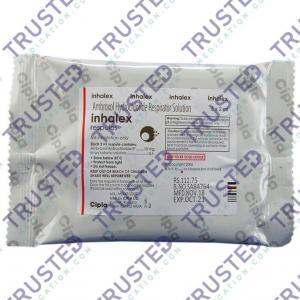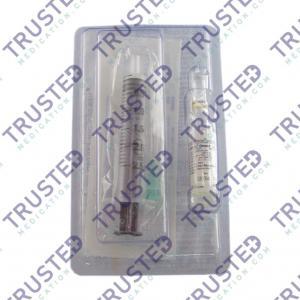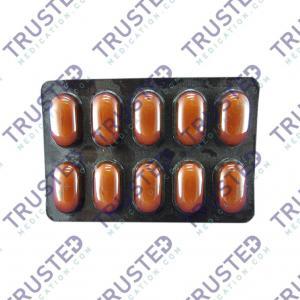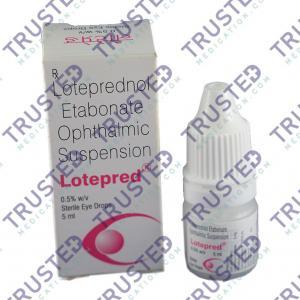
Stroke is dangerous and deadly. It is a leading cause of disability in America, but you can control and treat several risk factors for it.
There are various ways to reduce your chances of it triggering. It includes exercise, following a healthy diet, not smoking, and not drinking too much alcohol.
What Is A Stroke?

It is a medical emergency, and prompt treatment is vital. Early action can reduce brain damage and other complications.
There are three main types of stroke:
- Ischemic is the most common type, making up 87% of all cases. A blood clot prevents blood and oxygen from reaching an area of the brain.
- Hemorrhagic occurs when a blood vessel ruptures and is usually the result of aneurysms or arteriovenous malformations (AVMs).
- Transient ischemic attack (TIA) occurs when blood flow to a part of the brain is insufficient for a brief period. Normal blood flow resumes after a short period, and the symptoms resolve without treatment.
How To Recognize A Stroke F. A. S. T.?
Experts use the acronym F. A. S. T. to remind people how to recognize the signs of a stroke and what to do.
FAST stands for:
- Face. Tell the person to smile. Watch to see if their face droops.
- Arms. Have the person raise both arms. Watch to see if one is weak or sags.
- Speech. Ask the person to say a simple phrase. Listen for slurred or strange-sounding words.
- Time. Waste no time. Call your local emergency services immediately if you or someone you know shows signs of a stroke.
What Triggers Should You Look Out For?
Anyone can have a stroke at any age, but your chance of triggering it increases if you have certain risk factors. Some risk factors for this can be changed or managed, while others cannot.
- High blood pressure
- Diabetes
- Smoking
- Birth control pills (oral contraceptives)
- History of TIAs (transient ischemic attacks
- High red blood cell count
- High blood cholesterol and lipids
- Lack of exercise
- Obesity
- Excessive alcohol use
- Illegal drugs
- Abnormal heart rhythm
- Cardiac structural abnormalities
Risk factors for stroke that can’t be changed:
- Older age. For each decade of life after age 55, your chance of triggering it more than doubles.
- Heredity or genetics. The chance of triggering it is more significant in people with a family history of stroke.
- Gender. A stroke occurs more often in men, but more women than men die from stroke.
- History of prior stroke. You are at higher risk of triggering it for a second time after you have already had one before.
Let’s Lower Your Risk of Getting a Stroke
Know Your Numbers
- Get your blood pressure checked – high blood pressure is the most crucial risk factor for this, so it’s essential to get your blood pressure checked regularly by a doctor or nurse starting at age 18.
- Get your cholesterol checked – having high cholesterol can increase your risk of triggering it. Getting your cholesterol checked at least every 4 to 6 years is essential.
Healthy Habits
- Quitting smoking is one of the best ways to prevent it.
- Get active – aim for at least 150 minutes every week of moderate aerobic activity
- Get enough sleep – sleep is essential for staying healthy.
Food and Alcohol
- Eat healthily – try to fill half your plate with fruits and vegetables at meals.
- Drink alcohol only in moderation – having too much alcohol can increase your risk of high blood pressure.
- Take steps to prevent type 2 diabetes – diabetes can increase your risk of triggering it. Eating healthy and staying active can lower your risk of diabetes.
Walk With Your Doctor
- Ask your doctor about taking aspirin every day.
- Know your family’s health history.
Medications and Treatment
Emergency treatment for stroke depends on whether you’re having an ischemic or a stroke that involves bleeding into the brain. Treatment may include:
- Emergency IV medication
- Emergency endovascular procedures such as medications delivered directly to the brain or removing the clot with a stent retriever
- Carotid endarterectomy
- Angioplasty and stents
- Surgical clipping
- Coiling (endovascular embolization)
- Stereotactic radiosurgery
Medication that can be used to prevent it:
- Diltiazem – is a calcium channel blocker tablet used in people with high blood pressure. Wherein high blood pressure is one of the main risk factors for stroke. Treating high blood pressure prevents heart attack or stroke.








